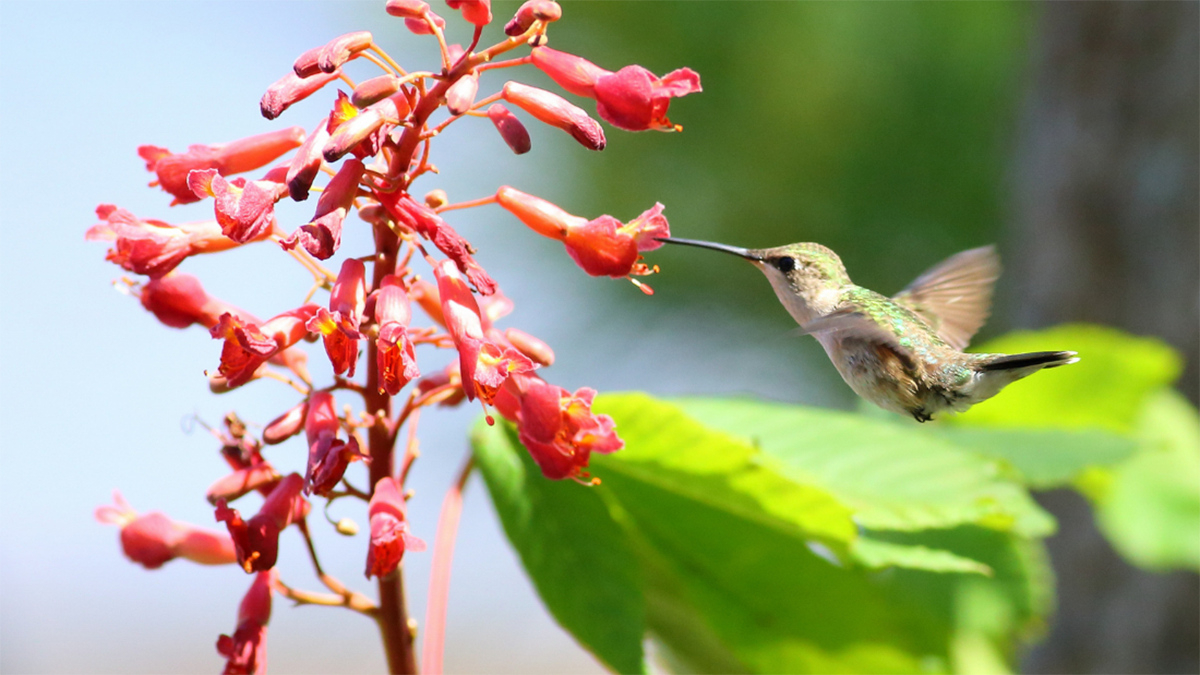
While funding has increased over the last few years for land and water conservation, those levels, when adjusted for inflation, remain well below funding seen during the late 2000s, according to an update this week to the 2018 report “North Carolina’s Land and Water: Yesterday, Today, and Forever.”
North Carolina Forever, a nonprofit coalition of businesses and nonprofit organizations advocating for funds and policies to conserve and protect the state’s lands and waters, released Monday the update by RTI International, a Raleigh-based nonprofit research institute. The North Carolina Coastal Federation, which publishes Coastal Review, is among the about 20 partners of N.C. Forever.
Supporter Spotlight
The 2023 update, called “Land & Water Conservation Highlights,” builds on the 2018 report that highlights the “importance of land and water conservation for sustaining a healthy environment and vibrant economy in North Carolina.”
The new report updates the 2018 data to include the years through 2022. An interactive dashboard detailing the findings in the update can be found on the organization’s website.
The 2023 update notes that there are “multiple pressures” on the state’s land and water resources including rapid population growth, large losses of farmland, rising land prices, and a significant increase in demand for outdoor recreation spaces during the COVID-19 pandemic.
State budget appropriations increased in fiscal years 2022 and 2023 for the Parks and Recreation Trust Fund, or PARTF, the Land and Water Fund, or NCLWF, and the Agricultural Development and Farmland Preservation, or ADFP, Trust Fund, averaging more than a total of $165 million per year over the last two years, according to the update.
Additionally, the North Carolina General Assembly provided over the last two years more than $300 million in resiliency-based funding for nature-based solutions, such as using wetlands to hold back floodwaters, which also provide wildlife habitat and improve water quality, the report explains.
Supporter Spotlight
“Although the last biennium saw significant funding for land and water conservation, the level of recurring funding for these trust funds remains well below prior years’ commitments,” according to the report.
In fiscal 2008, the state had $176 million in recurring or dedicated funding annually for the Clean Water Trust Fund and PARTF, the report continues. “In today’s dollars, that would amount to $252 million. While the state appropriated $173 million to the current trust funds (PARTF, NCLWF, and ADFP) in FY23, only 35% of this funding was recurring or from dedicated sources.”
The update suggests more appropriations to meet cost-share and other grant requirements, and reestablishing the state’s conservation tax credit, which the legislature eliminated in 2013. The tax credit allowed landowners to apply for state income tax credits equal to 25% of the fair market value of the donated property interest.
The update recognizes there are a growing number of conservation initiatives being established across the Southeast, including the South Atlantic Salt Marsh Initiative, or SASMI, launched in 2021 to protect more than 1 million acres of coastal salt marsh, from North Carolina to northeast Florida.
Looking ahead, N.C. Forever’s legislative agenda includes pursuing an increase in funding for the state’s three conservation trust funds to more than $100 million annually.







